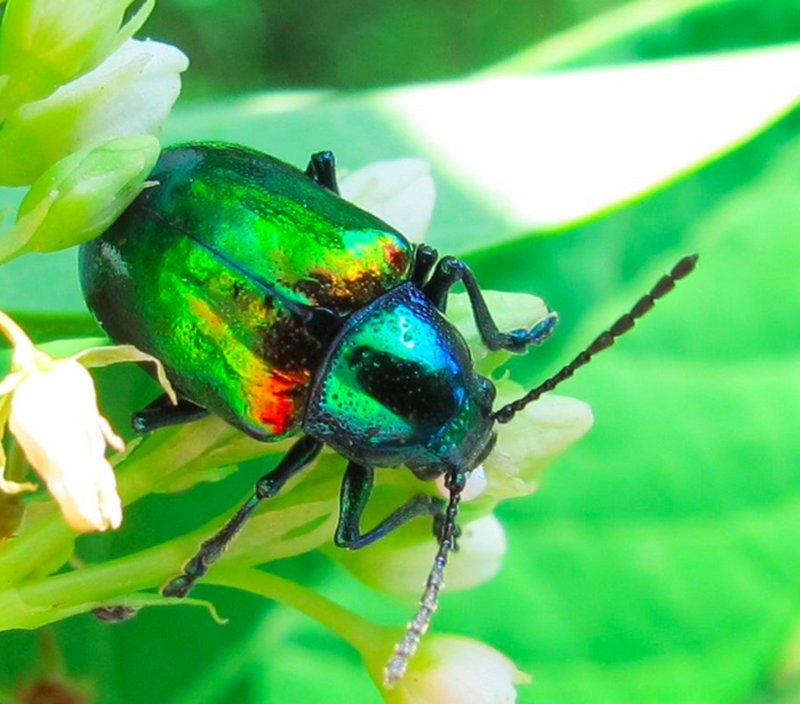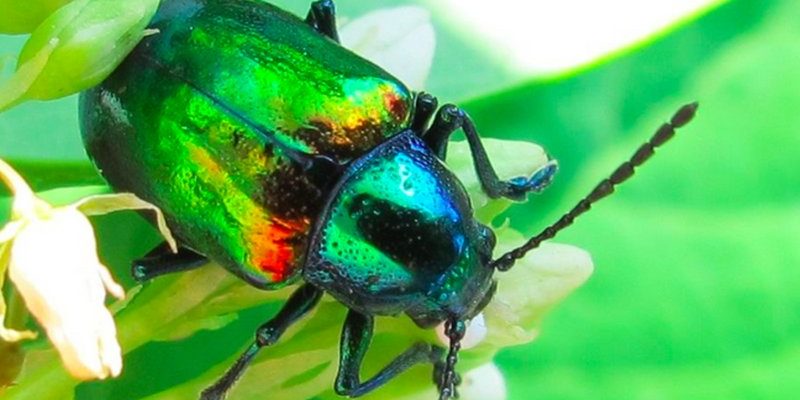
Let’s think of it like this: if grub worms are the sneaky thieves in your garden, beetles are the masterminds behind the operation. They lay the eggs that eventually hatch into these hungry larvae. If you’ve ever wondered which beetles are responsible for grub worms, you’re in the right place. In this article, we’ll dive into the different types of beetles that produce these pests, how to manage them, and why it even matters.
Understanding the Beetle-Grub Connection
Before we jump into specifics, it’s important to connect the dots between beetles and grub worms. Grubs are actually the larval stage of certain beetles. When these beetles, like the Japanese beetle or the European chafer, mate, they lay their eggs in the soil. Once the eggs hatch, the larvae—those pesky grub worms—emerge and start to feast on your plants’ roots. So, without these beetles, there’d be a lot fewer grubs ruining your lawn.
Let me explain a bit more about how this life cycle works. The adult beetles come out in spring and summer, especially when the weather warms up. That’s when they start laying their eggs. Each female can lay up to 60 eggs at a time, which might not sound like much, but trust me, those numbers add up quickly! Once the eggs hatch, the young grubs settle down to begin their destructive work.
Understanding this relationship is crucial for any gardener. If you’re seeing signs of grub damage, it often points back to beetles. Knowing which beetles are responsible helps you take the right steps to combat the problem.
Common Beetles That Produce Grub Worms
There are several types of beetles known for producing grubs. Here’s a quick rundown of the main troublemakers:
- Japanese Beetle: Perhaps the most infamous of the bunch, these shiny green and bronze beetles love to lay their eggs in moist soil.
- European Chafer: Similar to the Japanese beetle, the European chafer is known for its white, C-shaped grubs that can cause extensive damage.
- Oriental Beetle: This lesser-known beetle doesn’t get as much attention, but it’s another culprit that can lay eggs leading to grub infestations.
- May Beetle: Adult May beetles, also called June bugs, are notorious for laying their eggs in lawns, and their grubs can be huge trouble.
Each of these beetles has a specific breeding cycle and habitat preference, which means they can show up at different times and places. Understanding their patterns can help you tackle grub problems before they get out of hand.
The Life Cycle of Grub Worms
Once those beetles lay their eggs in the soil, the waiting game begins. Typically, it takes about two weeks for the eggs to hatch into grubs. These larvae then spend most of their lives munching on your grass roots. The life cycle of a grub worm is pretty straightforward:
1. Egg Stage: Beetles lay eggs in the soil, usually during late spring.
2. Larval Stage: After hatching, the grubs begin to feed, often causing visible damage to grass or plants as they grow.
3. Pupal Stage: Grubs eventually enter a pupal stage where they transform into adult beetles during the fall.
4. Adult Stage: Once pupation is complete, adult beetles emerge in spring, starting the cycle all over again.
These life stages not only explain how grubs thrive but also highlight the timing of the beetle population. If you notice grub damage in your garden, it’s likely tied to beetles that were active the previous summer.
Identifying Grub Damage in Your Lawn
You might be wondering how to tell if grubs are the ones causing problems in your yard. Grub damage often appears as brown patches on your lawn, which can make it look like it’s thirsty or unhealthy. Here are some signs of grub damage to keep an eye out for:
- Brown Spots: These areas may feel spongy when you walk on them and often indicate that the grass roots have been severed.
- Animals Digging: Birds, raccoons, and even pets love to dig for grubs, so if you see them tearing up your lawn, it’s a good clue.
- Easy-to-Pull Grass: If the grass can be pulled up easily from the ground, it’s likely because the roots have been eaten away by grubs.
If you suspect you have a grub problem, it’s wise to act quickly. The longer you wait, the more damage they can cause.
Managing Grub Worms Effectively
When it comes to managing grub worms, prevention is your best strategy. Here’s how you can keep these pests at bay and protect your garden:
1. Dethatching: Thick layers of thatch can provide the perfect cozy home for beetles. Regularly dethatching your lawn encourages a healthier environment.
2. Healthy Lawn Practices: Keep your grass healthy with proper watering, fertilization, and aeration to discourage beetle eggs from taking hold.
3. Beneficial Nematodes: These tiny, beneficial worms can be a gardener’s best friend. They attack grub worms and help reduce their population without harming your plants.
4. Chemical Control: If the infestation is significant, you might consider insecticides specifically targeted at grubs. Always follow the application instructions carefully.
These methods can help you keep grubs in check. Remember, a healthy lawn is less attractive to beetles looking to lay eggs.
Understanding which beetles are responsible for grub worms gives you the power to protect your garden and lawn. By recognizing the life cycle of these pests and implementing preventative measures, you can ensure your outdoor space remains healthy and thriving.
So, next time you spot a brown patch or see a bird digging in your lawn, you’ll know exactly what’s going on beneath the surface. It’s a small but significant part of gardening, and knowing more about it will help you create a beautiful, lush outdoor space. Happy gardening!

